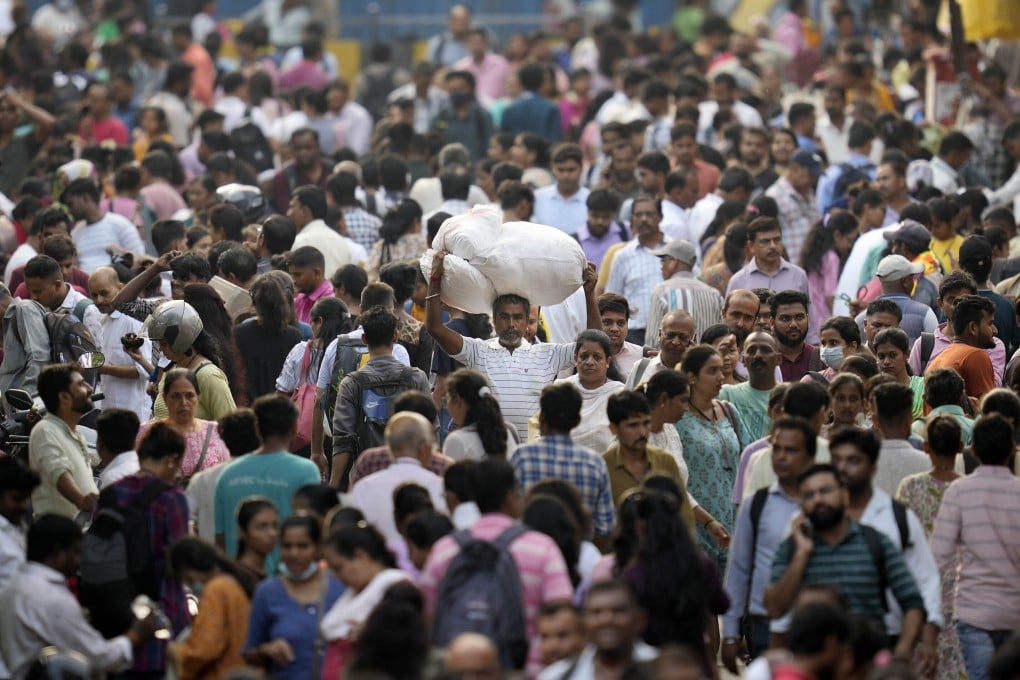Outside In | Why India will continue to lag behind China as a global economic power
- Unlike China, India failed to succumb to a Marxist revolution: its old power structures and vested interests continue to shackle economic change
- This, plus a lack of investment in education, health, social welfare and other key infrastructure, means India’s progress will be slow

Over a 40-year career trying to understand the dynamics behind the extraordinary emergence of Asia’s economies, perhaps only one question has attracted more debate than whether or when mainland China will attack Taiwan: why has India always lagged behind China, and is that about to change?
But India, for more than 40 years, has remained a miracle about to happen. Back in the 1980s, along with thousands of other Western companies, my then-employer the Financial Times was wrestling with how best to focus its Asian expansion plans: prioritise Hong Kong, focused on the China market, or in Mumbai, focused on India?
For FT bosses, the answer was obvious: India was the world’s largest English-speaking market, the world’s most populous democracy, and home to one of the world’s largest equity markets. It also had long-standing links with Britain.
Arguments that China’s leadership was far more pragmatic and seriously committed to opening up to international trade and investment, with the foundations of an urban-industrial psychology that contrasted with India’s profoundly rural-agrarian mindset, were brushed aside. To the best of my knowledge, the FT is still battling to publish in India.
